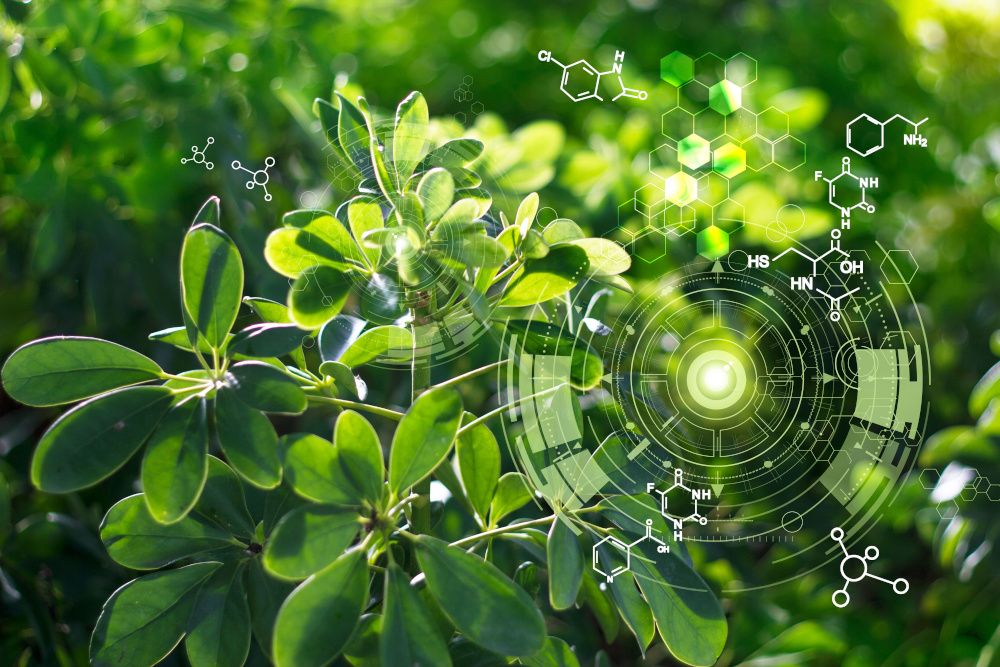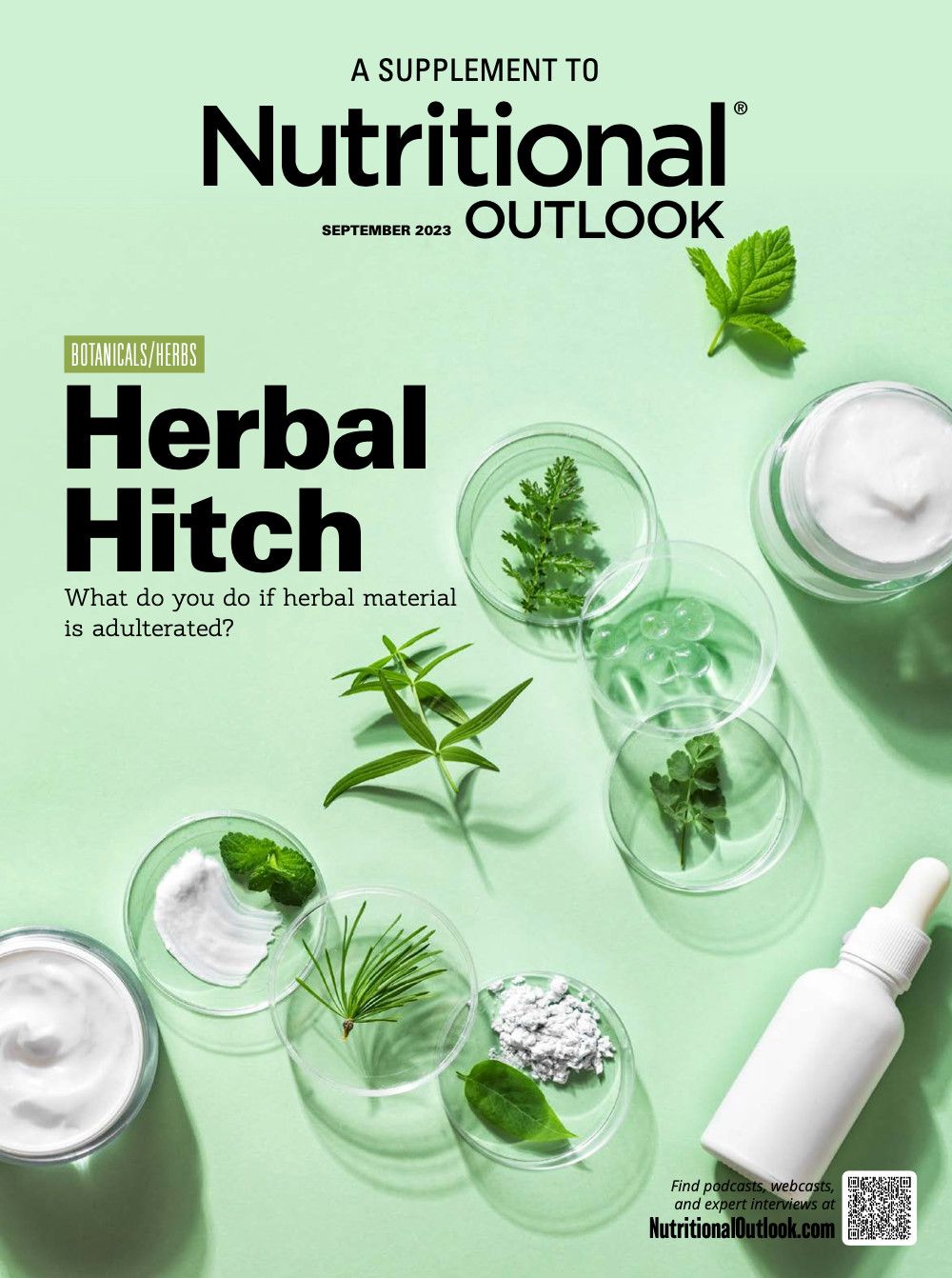Which botanicals are at the highest risk of adulteration?
Here’s what you need to know about adulteration in the botanicals segment.
Botanical products have grown in popularity and with it the number of bad actors seeking to take advantage of consumers and make a quick buck. Adulteration became increasingly common during the COVID-19 pandemic when demand for natural health products soared and supply chains were strained.
Sadly, the threat of adulteration continues. As unethical suppliers seek to flood the market with subpar product, it’s essential for brands to know how to navigate this issue. Here’s what you need to know about the state of botanical adulteration in 2023.
Botanicals Most at Risk of Adulteration
Stefan Gafner, PhD, is the chief scientific officer for the American Botanical Council (Austin, TX). He is also the director of the ABC-AHP-NCNPR Botanical Adulterants Prevention Program (BAPP) and editor of the Botanical Adulterants Monitor. Gafner says that while many ingredients lack information regarding their quality and authenticity, there are a few ingredients for which BAPP estimates a high risk of adulteration.
Ginkgo leaf extract, cordyceps, and bilberry extract are just some of the botanicals most at risk. “Additionally, some of the essential oils—sandalwood oil, boswellia oil, and lavender oil—are known to be frequently adulterated,” Gafner notes. “Of the ingredients that are currently very popular, the mushroom category may be an interesting one to investigate since data on quality and authenticity of mushroom dietary supplements are scarce.”
Supply Chain Issues, Lack of Enforcement Promote Adulteration
While there’s no single, specific driver behind adulteration, there are some factors that appear to have exerted an influence, Gafner notes. Firstly, the high rate of inflation may have pressured purchasing departments to cut costs on raw materials.
“The most important factor driving adulteration is financial gain,” he says. “Ingredients that sell at a high price are always at higher risk of adulteration as there is more money to be made from cheating. Supply shortages may play a role, as may confusion of common names or different interpretations of interchangeable use.”
Gafner points to Rhodiola as an example of regional differences in ingredient use. There are several species of Rhodiola that can be used interchangeably in traditional Chinese medicine, he says, while the Western market typically deals in Rhodiola rosea. Chinese traders may not be aware that if someone from the United States orders Rhodiola, they’re referring specifically to Rhodiola rosea, leading to potential for adulteration.
“Lack of enforcement can also impact adulteration,” Gafner adds. “As long as there’s such a low risk of getting caught when diluted or adulterated materials are sold, fraudsters may take a chance and sell adulterated ingredients.”
Adulterators Get Creative
Unfortunately, adulteration can be a problem even in spite of robust quality control measures. Gafner says that most adulterators are very familiar with the quality control measures that brands use, and they know how industry labs perform tests. Thus, it’s possible to manufacture an adulterated ingredient that resembles the composition of the labeled botanical as closely as possible.
“This can be done by adding synthetically made marker constituents at the right concentrations, or by adding purified marker constituents from lower-cost natural sources,” Gafner explains. “What appears to happen more and more frequently is the dilution with excipients. In this case, the ingredient has the expected fingerprint and marker constituents but at a lower concentration.”
Testing and Market Awareness Are Key to Combatting Adulteration
The best way to combat adulteration is to test ingredients using a fit-for-purpose method, Gafner advises. He notes that it’s also crucial to have a simple supply chain network as well as regular, unannounced supplier audits.
“Companies that are vertically integrated and grow their own plants have an advantage as they control their plants from field to factory,” he says. “It’s much easier to detect adulteration in a whole plant than in a powdered dry extract. There are companies that only buy the dried plant part as a whole so they can see what the plant looks like prior to extraction.”
Market awareness is also key to combatting adulteration. It’s important for companies to be aware of which ingredients are at risk of adulteration and what one can expect to reasonably pay for high-quality material, Gafner says. If prices for a botanical ingredient are lower than expected, he says, that’s likely because the ingredient is adulterated.
“An easy way to stay informed is to read the Botanical Adulterants Prevention Program newsletter and bulletins for the 26 ingredients that BAPP has covered to date,” he concludes. “BAPP is an industry-sponsored initiative, and supporting it is another way that companies can help to combat adulteration.”
Adulteration Is Avoidable
While botanical adulteration remains a significant threat to the industry, brands can avoid dealing with unethical suppliers through robust supplier audits and by choosing suppliers wisely. Vertically integrated suppliers who provide whole-plant ingredients are likely at low risk of providing adulterated products. BAPP’s newsletter and bulletins can also provide brands with up-to-date information regarding ingredients at high risk of adulteration. With a little bit of vigilance, botanical brands can maintain pure, unadulterated products that work.

